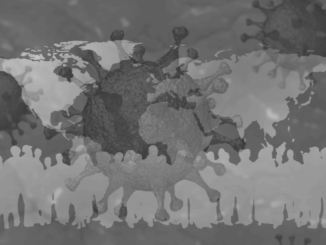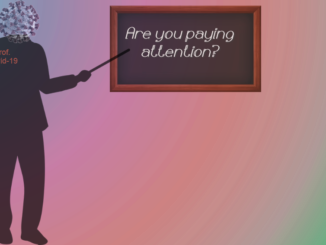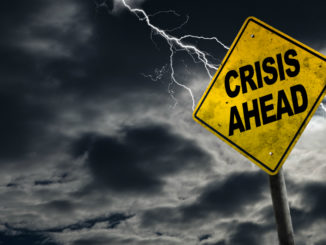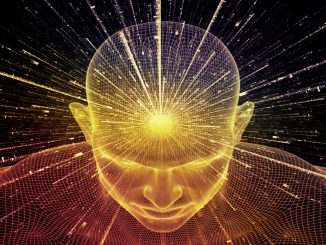
The contemporary and prevalent economic model is irreversibly coming to its end.
I do not intend to try to prove above statement because if you turn around and have the courage to acknowledge what you see, the validity of the claim will be self-evident – constant shrink of middle class, bank failures, increase of unemployment, countries in the spiral of ever-growing debts – the signs are all there.
In this article I shall rather try to focus on why the system is failing and why (contrary to our conditioning by the mainstream media and so called “experts”) this might be good news.
The discussion will be a generalization to some degree. I will not talk about the particular situation of this or that country. It would be rather an analysis of the fundamental problems inherent to the contemporary (and nowadays prevalent) economic theory and practice. It is for those inherent errors that the model cannot and shall not survive in its present form.
Economics basics
For those who have no background whatsoever in economics theory below are some of its fundamental and underlying ideas.
While the theory of economics has branched throughout the decades into somewhat different versions, there are few underlying principles and concepts that are considered as fundamental and among them are the following three:
- The availability of economic resources is limited
- The needs and desires which the people would like to satisfy by the use of those resources are unlimited
- The ultimate driving factor of each party involved in any form of economic activity is to realize and maximize profit/benefit from its use of economic resources.
Above assumptions imply:
- In overall terms it is not possible to satisfy the economic needs of everybody
- The use of economic resources for the satisfaction of one’s needs by definition can be fulfilled only at the cost of somebody else’s need that shall not be satisfied
Closely related and arising as a consequence from the aforementioned notion is the idea of competition or in other words constant economic struggle between people, companies and ultimately nations in attempt to get as much resources as possible for themselves and leave as few as possible to the others.
The inherent problems
A direct consequence of the theory is that in order to sustain and increase profits, there should be ever-increasing production of goods and services and ever-increasing consumer demand for them.
When considered on a global scale, the material resources available on the planet are limited and most of them are not renewable (or at least not renewable at the rate they are being depleted). Thus, ever-increasing production of goods is physically not possible. On the other hand, considered globally, the potential number of consumers is also physically finite. Therefore, the increase of consumers can be achieved by producing goods which are short-lived and need to be often replaced.
Also inherent to the model is that to maximize the profit, the economic agents try to reduce their costs and particularly with the advancement of technologies, more and more work is attributed to machines rather than personnel. The less people work, the less income they have and the less possibility for the companies to sell their products.
Above is a vicious circle and while some companies still can extend their markets at the expense of their competitors, considered globally – the mix of production, resources and consumers makes it impossible to sustain an economic model based on the motivation for economic profit (which, as already mentioned, is a cornerstone of the model).
A conclusion of common sense
It is not a matter of personal like or dislike for the model – it is a solid fact that on a finite planet, with finite resources and with finite number of potential consumers, a model based on the premises of ever-growing production and ever-growing consumption cannot last indefinitely. In fact, there is much evidence that we are almost there – at the stage where the rate of resources we use, exceeds the rate of their extraction/renewal.
Above simplified analysis introduces a problem and so far, it seems that no working solution has been found within the theoretical framework of contemporary economics.
In fact, such a solution is not likely to be found. For maybe, just maybe, the solution lies not within the model itself but rather in reconsidering the validity of its underlying ideas. Those ideas around which the whole model has been built (either by chance or by intentional design) seem to be erroneous or at the least incomplete.











